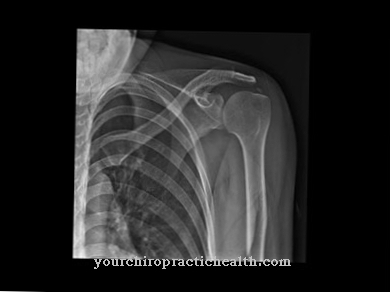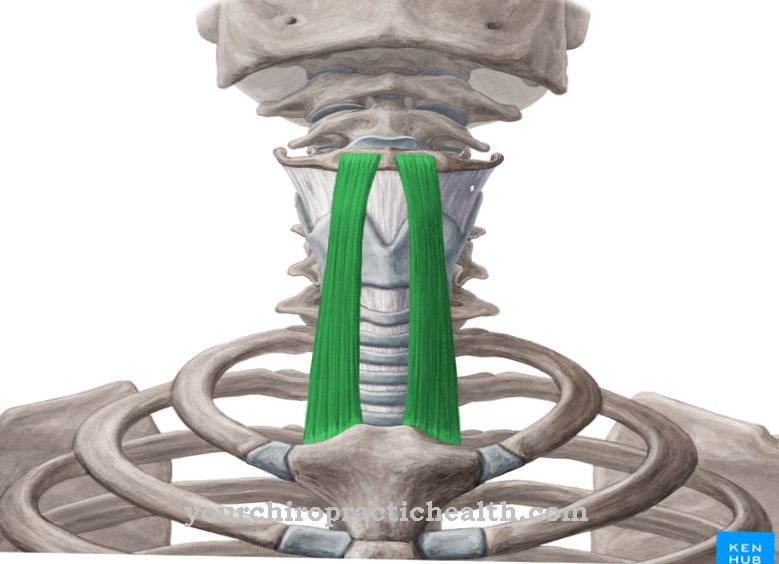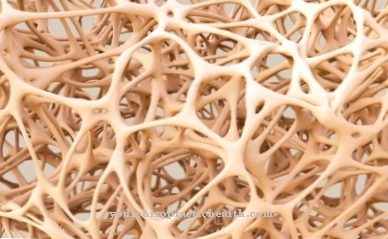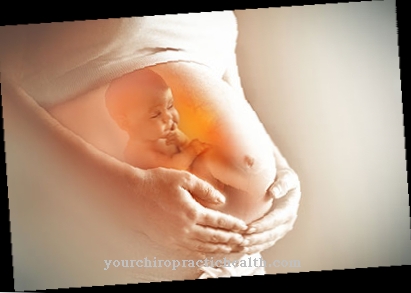Punctures are often indispensable for diagnosing certain diseases. Various puncture instruments are used to absorb liquids, tissue or cell material. In one Puncture set all important components such as puncture cannulas, catheters or disposable syringes are included.
What is a puncture set?

In medicine, a puncture refers to the targeted insertion of a hollow needle (cannula / trocar) into the body in order to suck off abnormal accumulations of fluid or to take tissue samples as part of a fine needle biopsy. Gas accumulations in the intestine can also be drained using a puncture. Venipuncture is one of the most common forms of puncture. This method is used on the one hand to draw blood and on the other hand for intravenous injections.
To obtain punctures from organs, joints, arteries or tissue, medical professionals use a sterile puncture set that contains all the important tools for puncturing. The medical specialist trade offers various systems for joint punctures, lumbar punctures or liver punctures.
Puncture sets differ in terms of their composition and are available with different extraction systems. A medical puncture set for the pleural puncture includes, in addition to the puncture cannula and disposable syringe, other components such as transfer tube, non-return valve, connector, suction tube and secretion bag. Check valves prevent, for example, that removed body fluids can flow back. Pleural puncture sets are used, for example, in emergency medicine.
In addition, a puncture set for diagnostic or therapeutic use is often equipped with additional medical materials such as compresses, bandages or anesthetics.
Shapes, types & types
The doctor selects the appropriate puncture set depending on the type of puncture. The sets in a wide range of designs can be supplemented with other medical products, such as collecting containers, disinfectant solutions or perforated cloths.
Puncture needles are available in various sizes and enable flexible use, for example for pressure injections. A modern puncture set with puncture cannulas such as hollow needles or fine needles and innovative puncture accessories guarantees a safe implementation with the highest possible patient comfort.
Color-coded transfer tubes or printed bandage clips allow a quick differentiation from other aids. Foldable safety arms guarantee the effortless removal of puncture needles and protect against needle stick injuries. For percutaneous kidney puncture, there are puncture needles with a trocar tip and cannulas with a hollow trocar, which enable precise guidance when puncturing.
Cannulas with perforated catheters can also be used for drainage or puncture of cysts. Doctors use a special puncture set with extra fine spinal cannulas to remove liquor (nerve water) during a lumbar puncture.
For short-term infusions, venipuncture sets with particularly smooth cannulas and integrated cannula protective sleeves, which offer optimal grip when puncturing, are suitable.
Structure & functionality
Innovative catheter and needle devices for puncture are offered as standardized and extended systems. Puncture sets with puncture needles, trocars, guide needles, suction tubes and taps are equipped with the latest technology for all puncture methods.
A trocar is a medical instrument that, in minimally invasive surgery, provides access to a cavity in the human body, such as the abdomen or chest. A tube keeps this access open so that the doctor can insert surgical instruments or high-resolution optics into the body cavity. Trocars are available in various lengths and with various diameters.
Cannulas in the puncture set are used to penetrate the body tissue and either remove fluids or inject them into the tissue. Mono cannulas or triport cannulas are offered with a wide variety of connection options for a wide variety of applications. Special cannulas are often used in biopsy for taking tissue samples. Guide needles bridge the path to the site of tissue removal or support the user in inserting very fine puncture needles.
In addition to cannulas and trocars, a puncture set also contains ampoule syringes and glass cylinder syringes. Doctors often use a suction tube to aspirate body fluids. In addition to these puncture instruments, individual suction heads or suction nozzles can be ordered. Puncture accessories such as taps or connectors for infiltration are used to shut off or divert flows.
Puncture and drainage systems with a spring-loaded obturator and self-locking valve are suitable for short-term patient care. In these systems, a red color change indicates that the sharp points have been exposed. Cyst obturators are often used in dentistry, for example, to prevent a jaw cyst from closing.
Medical & health benefits
In medicine there are a large number of puncture forms for diagnostic and therapeutic areas of application. Doctors use an artery puncture to collect blood to perform a blood gas analysis. An indwelling arterial catheter facilitates repeated blood sampling and accurate blood pressure measurement, especially in seriously ill patients.
In patients with abnormal accumulations of fluid in the abdominal cavity, the doctor can use an ascites puncture to drain fluid and at the same time identify the trigger for ascites. For this, the doctor uses a puncture set with a fine puncture needle, which he places with the help of an ultrasound device in order to avoid intestinal injuries.
Tissue sampling is one of the diagnostic puncture methods and is mainly used when cancer is suspected. Filigree hollow needles and special syringes are used to remove tissue or cells. If prostate cancer is suspected, a punch biopsy is a common procedure. However, the puncture set contains a much thicker hollow needle, which is usually inserted very quickly into the suspicious part of the body.
A joint puncture relieves pain, which is particularly caused by strong pressure. The doctor can use a puncture cannula to suck off blood or pus with a syringe, but also inject medication into the joint cavity. The drained synovial fluid is then examined for pathogens in the laboratory.
Before each puncture, the doctor has a detailed discussion with the patient and explains the risks and side effects. Side effects of a lumbar puncture include, for example, a temporary headache. In general, during punctures, pathogens can get into the body via the puncture needle or bruises can form at the puncture site.
To reduce the risk of side effects, medical professionals only use special puncture sets and often puncture with the help of imaging methods such as ultrasound.

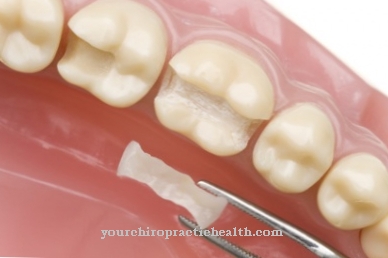
.jpg)
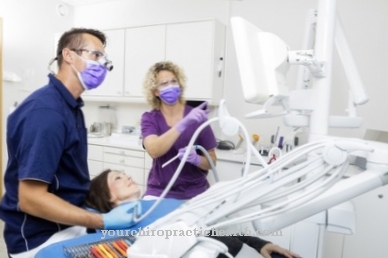
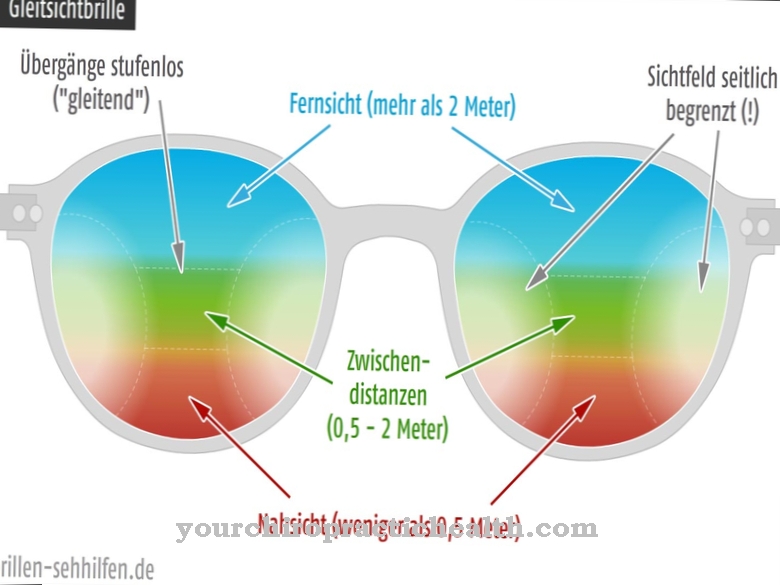

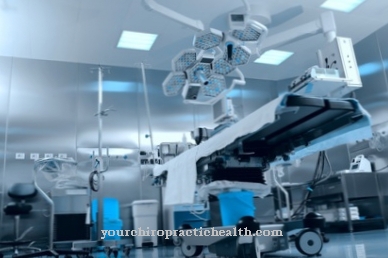

.jpg)




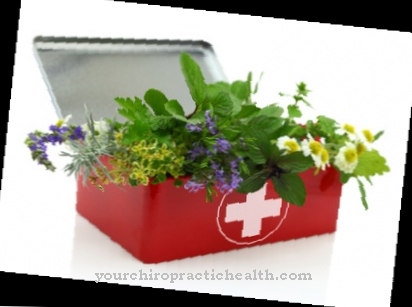
.jpg)


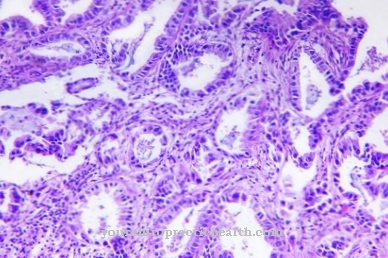



.jpg)

